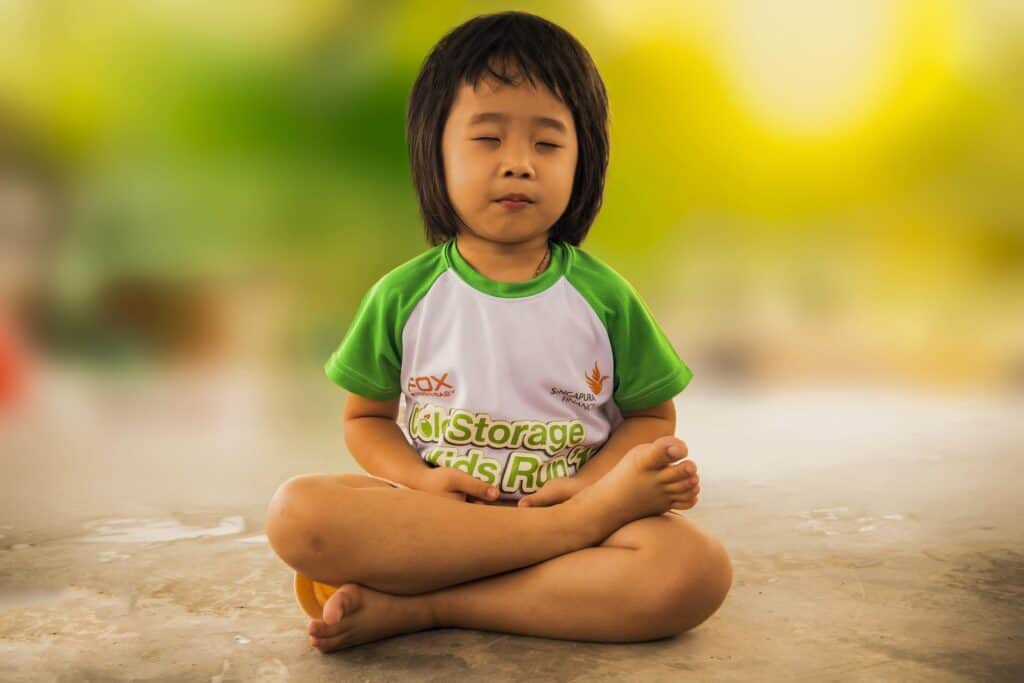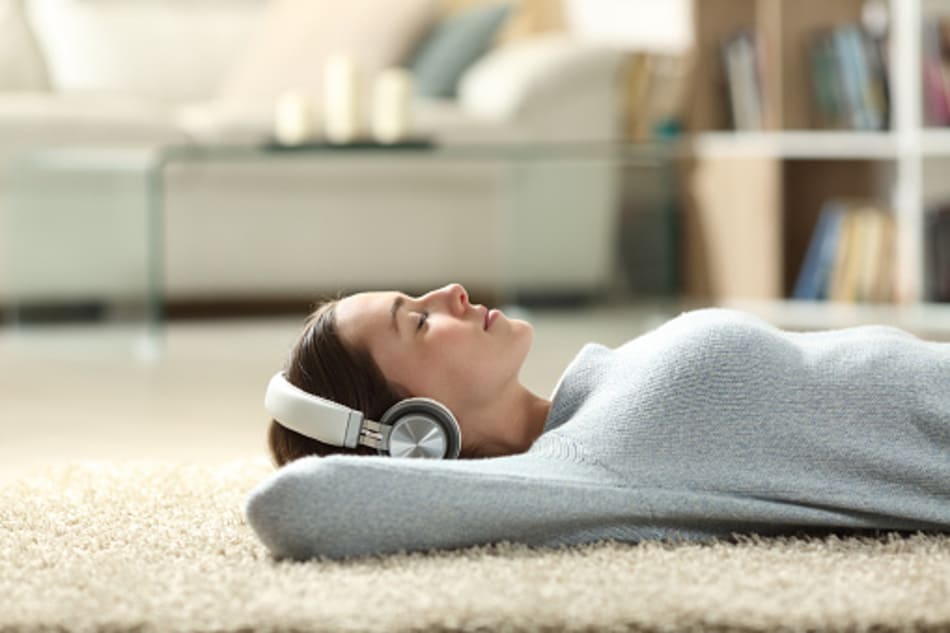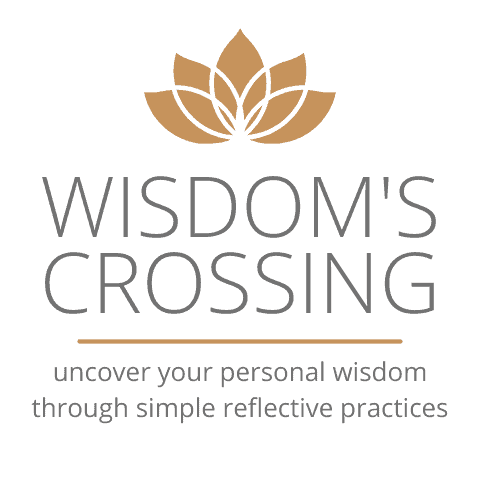Do you ever feel stressed out or anxious? If so, you may want to try progressive relaxation or guided meditation. Both of these techniques can help you calm down and relax. But what’s the difference between progressive relaxation vs guided meditation? In this article, I will discuss the differences between progressive relaxation and guided meditation, as well as their benefits.
Progressive relaxation is a technique that involves tensing and relaxing different muscle groups in the body. This can help to reduce stress and promote relaxation while guided meditation, is a form of mindfulness meditation. During guided meditation, you focus your attention on a certain object or sound, such as your breath. This can help to improve your concentration and focus.
Both progressive relaxation and guided meditation have their unique benefits. For example, progressive relaxation can help to reduce muscle tension and pain. Guided meditation, on the other hand, can help to improve sleep quality and reduce anxiety levels.
So, which one should you try? It depends on your personal preferences and needs. If you’re not sure where to start, why not try both and see which one works better for you? progressive relaxation can be a great way to reduce stress and tension in the body. Guided meditation can also help you to improve your concentration and focus. So, why not give them both a try? You may be surprised at how well they work!
Progressive Relaxation vs Guided Meditation: What Do They Mean?
Progressive relaxation is a form of deep relaxation where you systematically tense and then relax different muscle groups in your body. Guided meditation is a form of mindfulness meditation led by a teacher, therapist, or another trained professional.

Benefits
Progressive Relaxation:
- Reduces stress and anxiety
- Lowers blood pressure
- Increases circulation
- Relaxes muscles
- Improves digestion
Guided Meditation:
- Calms the mind
- Reduces stress and anxiety
- Lowers blood pressure
- Helps control pain
- Boosts the immune system
No matter which technique you choose, you are sure to see some positive changes in your health! progressive relaxation is a good choice if you want to focus on physical relaxation, while guided meditation is better for calming the mind. If you want to try both, you can always do progressive relaxation first to get your body relaxed, and then follow up with some guided meditation.
So, which one will you try first? progressive relaxation or guided meditation? Let me know in the comments below!
Differences
So, what’s the difference between progressive relaxation and guided meditation? progressive relaxation is focused on the physical sensations in your body, while guided meditation is focused on your thoughts and emotions. Guided meditation may also include imagery and visualization exercises to help you relax.
Both progressive relaxation and guided meditation can be effective stress-relief tools. If you’re not sure which one to try, consider your goals for stress relief. When you want to focus on relaxing your mind and body, progressive relaxation may be a good choice. If you’re interested in exploring your thoughts and emotions, guided meditation may be a better fit.
Have you tried progressive relaxation or guided meditation? What was your experience like? Let us know in the comments below!
Types Of Relaxation, Progressive Relaxation, Guided Meditation
There are two main types of relaxation: progressive relaxation and guided meditation.
Progressive relaxation is a technique that involves slowly tensing and relaxing different muscle groups in the body.
Guided meditation is a type of mindfulness meditation where you focus on your breath and let go of thoughts that come into your mind.
How They Work
Both progressive relaxation and guided meditation can be effective ways to reduce stress and anxiety. However, they work in different ways and have different benefits.
- Progressive relaxation is a physical process that helps to relax the body by reducing muscle tension. This type of relaxation can be helpful if you’re feeling tense or anxious due to physical stressors such as pain or tight muscles.
- Guided meditation is more of a mental process that helps to calm the mind and focus on the present moment. This type of relaxation can be helpful if you’re feeling stressed or anxious due to mental or emotional stressors such as worries or fears.
Both progressive relaxation and guided meditation can be done in a seated position or lying down.
How It Is Done
If you’re doing progressive relaxation,
- You may want to start by tensing your feet for five seconds and then relaxing them. You can then move up to your calves, thighs, stomach, arms, neck, and jaw.
- For each muscle group, tense the muscles for five seconds and then relax them.
- As you progress through the different muscle groups, you should notice that your body feels more relaxed.
- When you reach the neck and jaw, it’s important to keep your breathing slow and steady.
Guided meditation is similar to progressive relaxation, but instead of focusing on tensing and relaxing muscle groups, you focus on your breath.

- Start by closing your eyes and taking a few deep breaths.
- Once you’re feeling relaxed, focus on your breath and count each inhales and exhale.
- If you start to notice thoughts coming into your mind, simply let them go and refocus on your breath.
- Continue counting your breaths until you reach ten. You can then open your eyes and take a few more deep breaths.
Guided meditation can be done for as long or as short as you like, but it’s typically recommended to do it for at least five minutes.
If you’re not sure which one is right for you, it may be helpful to try both and see what works best for you. Progressive relaxation is a physical process that helps to relax the body by reducing muscle tension. Guided meditation is more of a mental process that helps to calm the mind and focus on the present moment. Whichever type of relaxation you choose, make sure to practice it regularly for the best results.
Bottom Line
So, what’s the difference between progressive relaxation vs guided meditation? Progressive relaxation is a technique that involves tensing and relaxing different muscle groups in the body, while guided meditation is a practice that involves focusing and clearing the mind. While both techniques can be effective in reducing stress and promoting relaxation, progressive relaxation may be more beneficial for those who are new to meditation or have difficulty clearing their minds. Try out both and see what works best for you. Thanks for reading!
Also Read:

